As any gardener will tell you, the compost heap is the beating heart of a garden. The cherished ‘black gold’ is essential for the health of your garden and plants; recycling waste material and replenishing soil nutrients in a rhythmic, self-sustaining cycle. Making your own compost is also a fantastic way to save money and make your garden more environmentally friendly.
Learn all about why we should all be making our own compost, and how it can be done – whether you have a large garden, a tiny courtyard or even no garden at all!
Why is compost important in the garden?
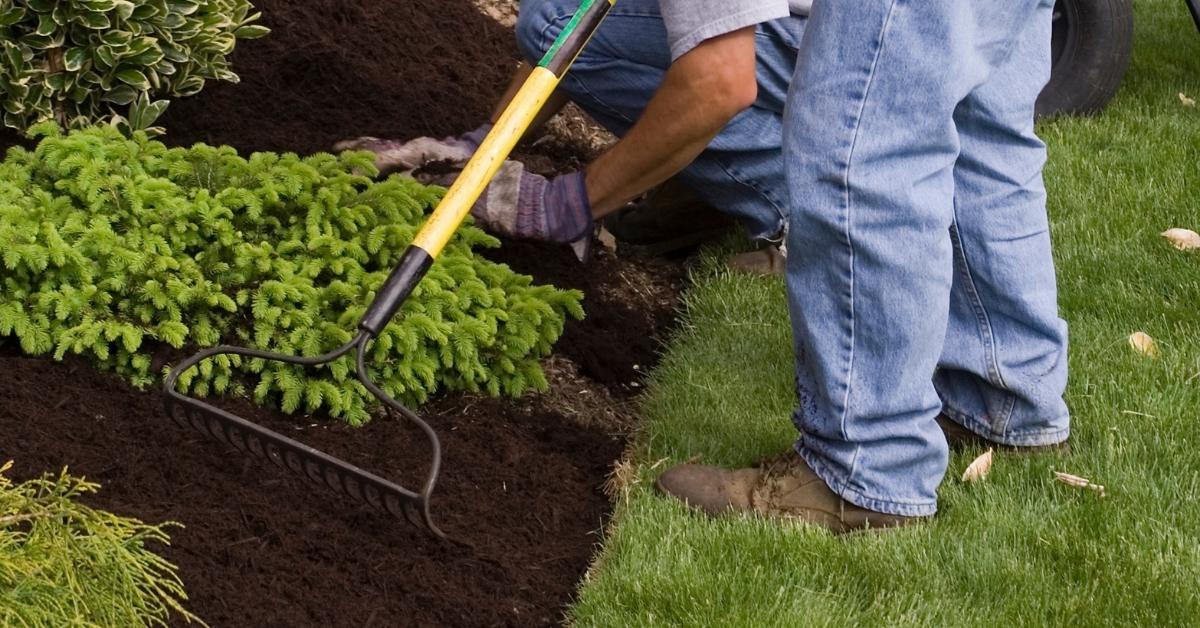
Applying a generous layer of compost to your veg beds in the autumn and your borders in the spring is a fantastic way to improve soil structure, suppress weeds and add essential nutrients to nourish your plants through the next season. It also helps to develop and maintain a healthy functioning soil ecosystem, rich in helpful critters ranging from beneficial bacteria to worms. This soil microbiome is critical for soil health and therefore for your plants to thrive.
As well as being a fantastic soil conditioner, homemade compost is also great for using in containers and potting up. If you’re using it to pot up young plants, mix your nutrient-rich homemade compost 50:50 with garden soil or old used compost to avoid scorching young roots.
What conditions are required for compost to be formed?
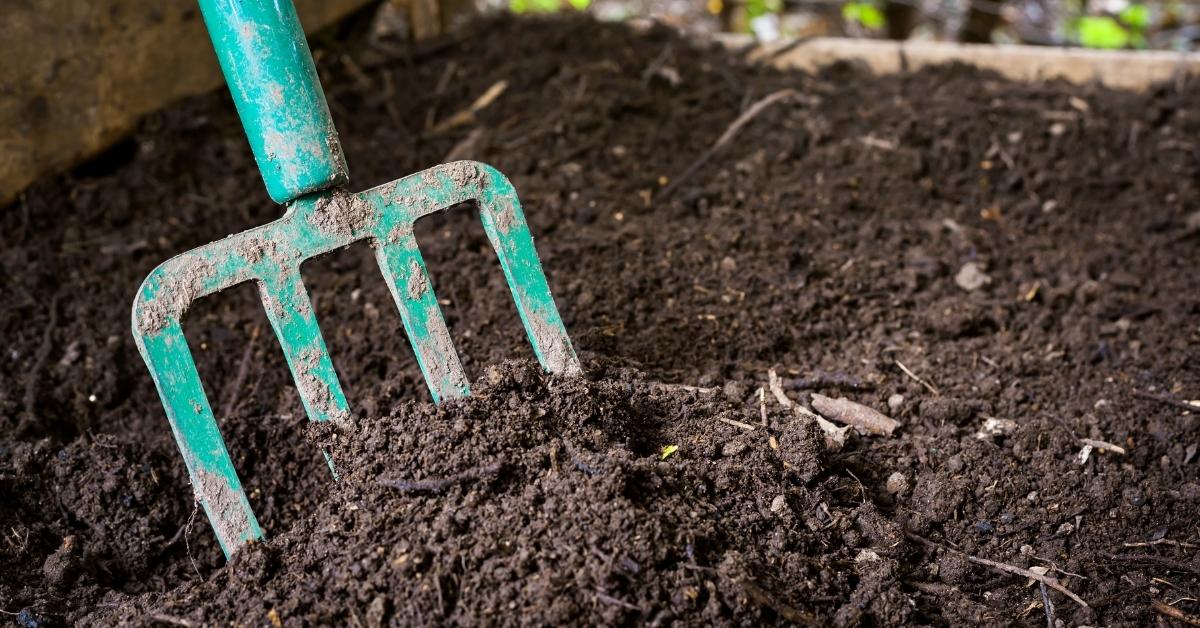
Composting involves the aerobic decomposition or digestion of organic matter by bacteria. For this process to occur, oxygen, moisture and heat are essential. You can ensure your compost heap stays well aerated by turning it regularly. It’s also important to ensure any excess water can drain away at the base to prevent waterlogging. The decomposition process naturally produces heat, but to ensure your heap remains as close as possible to the optimum temperature of around 70C, use a large bin with wooden sides to retain warmth or a purpose-built composter (the kind that look a bit like daleks!) which will have well-insulated sides. Worms are also a key player in the composting process, as they continually mix and aerate the material.
In terms of what to put on your compost heap, you need a good mix of green matter (such as weeds and grass clippings) and brown matter (such as twigs). This is partly to ensure the texture of the heap allows effective aeration. Importantly, it also achieves a healthy balance of nitrogen (from green matter) and carbon (from brown matter), which is essential for efficient decomposition. Try not to pile up large amounts of pure grass clippings, as this won’t be able to breathe, and the anaerobic conditions will lead to a slimy, smelly mess rather than the black gold you so desire! You can also add torn-up cardboard – which makes great brown matter – to boost the carbon content.
How to make the perfect compost
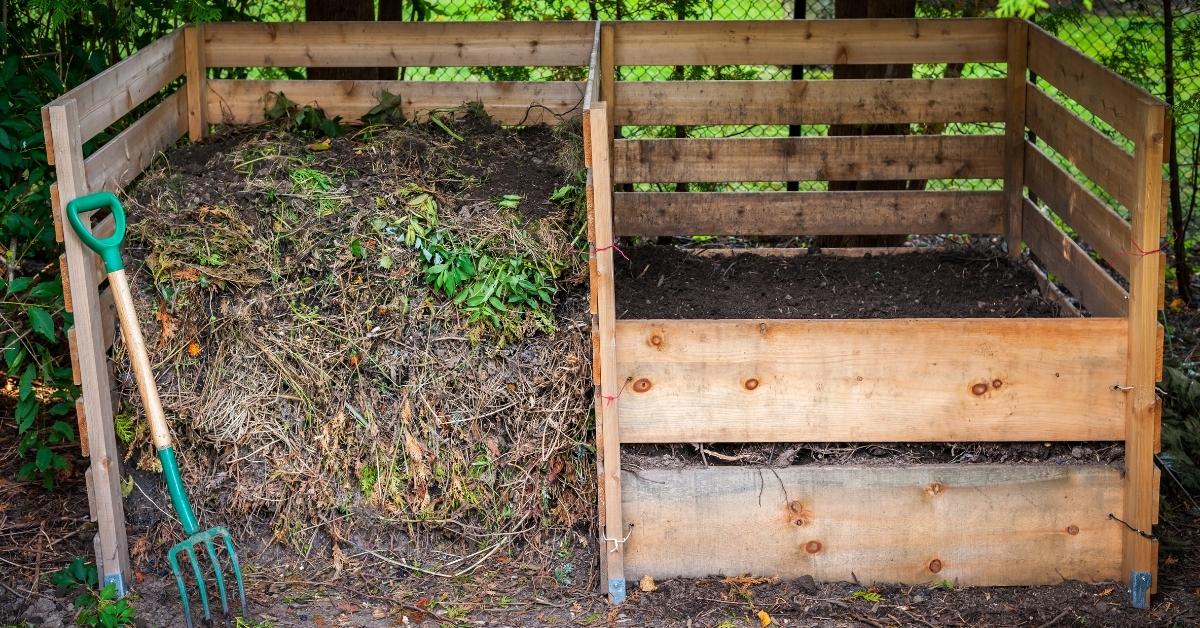
If you’ve got plenty of space, the best way to make your own compost is to use a system of bays or bins, in which compost can easily be turned from one to the next. Our modular wooden compost bins are ideal. Easily assembled in minutes, with no screws, nails or special tools required, they are designed for maximum composting efficiency. The impressive 573-litre capacity holds a large amount of material and allows your compost to reach a high temperature, whilst the sustainably sourced wooden sides insulate whilst allowing ventilation through gaps between the planks. Simply slide out the wooden panels on any side to allow easy access. We recommend starting with two bins, so you can turn your compost from one to the next. Add more modules at any time, once you discover what a fantastic system this is!
How to make compost in a small garden
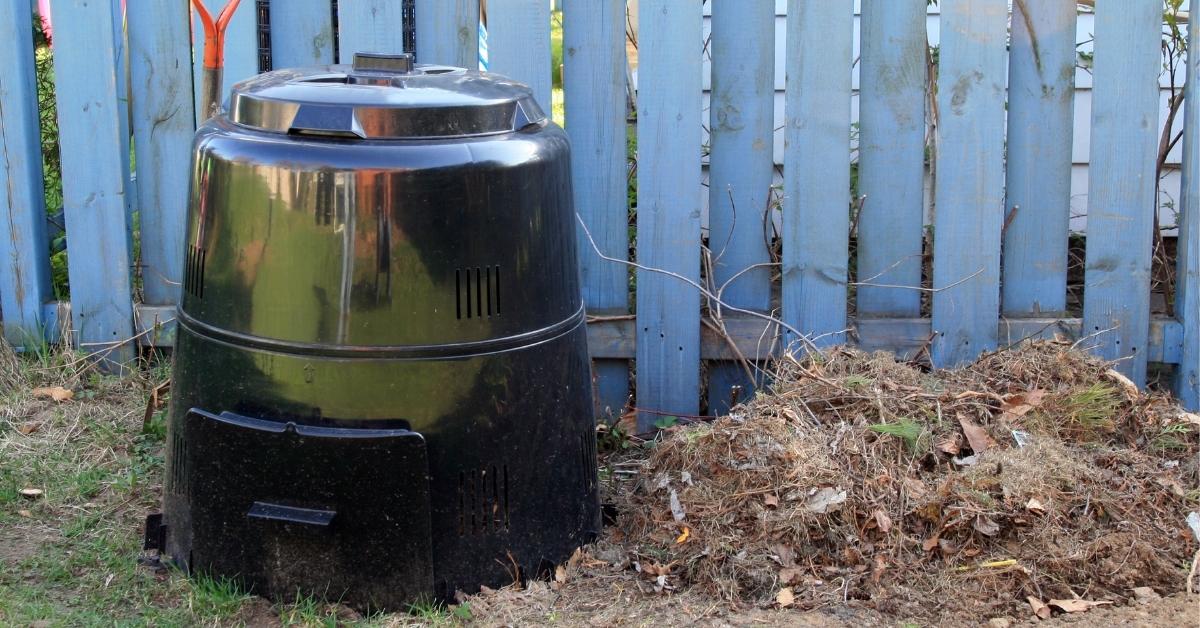
If you’re short on outside space, don’t worry – it’s still really easy to make your own homemade compost! Our Green Johanna Composter and Garden Grow Rotating Composter are both designed to produce great quality compost whilst fitting into even the smallest garden or courtyard. The Green Johanna stores an impressive 330 litres and retains heat well to maintain a high temperature in your compost. Simply add garden and kitchen waste to the top and extract the finished compost through a hatch at the base. The rotating composter is perfect for batch composting, with two compartments each holding 80 litres. By mixing and aerating the material, the rotating system ensures the composting process proceeds with maximum efficiency.
How to make compost with no garden!
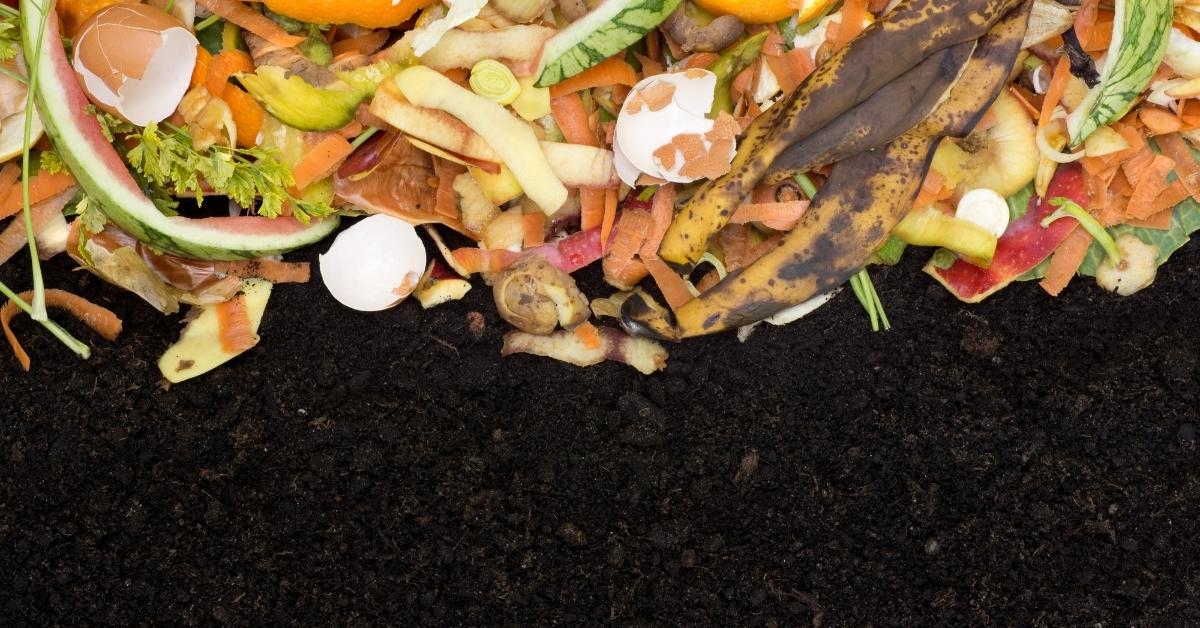
Even if you don’t have a garden, you can still recycle your kitchen waste into nutrient-rich compost to use for containers, window boxes, hanging baskets and houseplants. The secret is a wormery! Known as ‘vermicomposting’, our Maze Worm Farm and Urbalive Worm Farm both have a sleek, stylish and compact design, which means they fit perfectly into a kitchen or utility room. It’s a great way to reduce household waste and be more environmentally friendly, whilst saving money on potting compost. Worried about smells? It won’t smell, promise! Learn more in our guide to neat composting solutions.
Take a look at our full range of compost bins and composters here. Why not give it a go? Before you know it, you’ll be hooked on producing the finest, richest black gold in the neighbourhood. Happy composting!
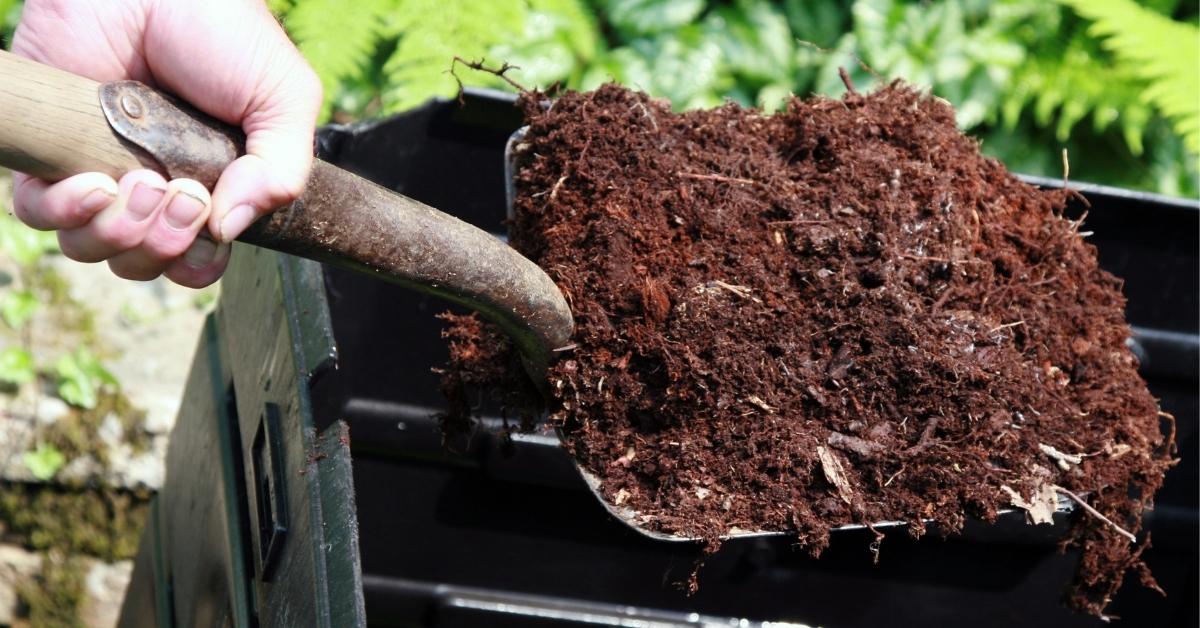

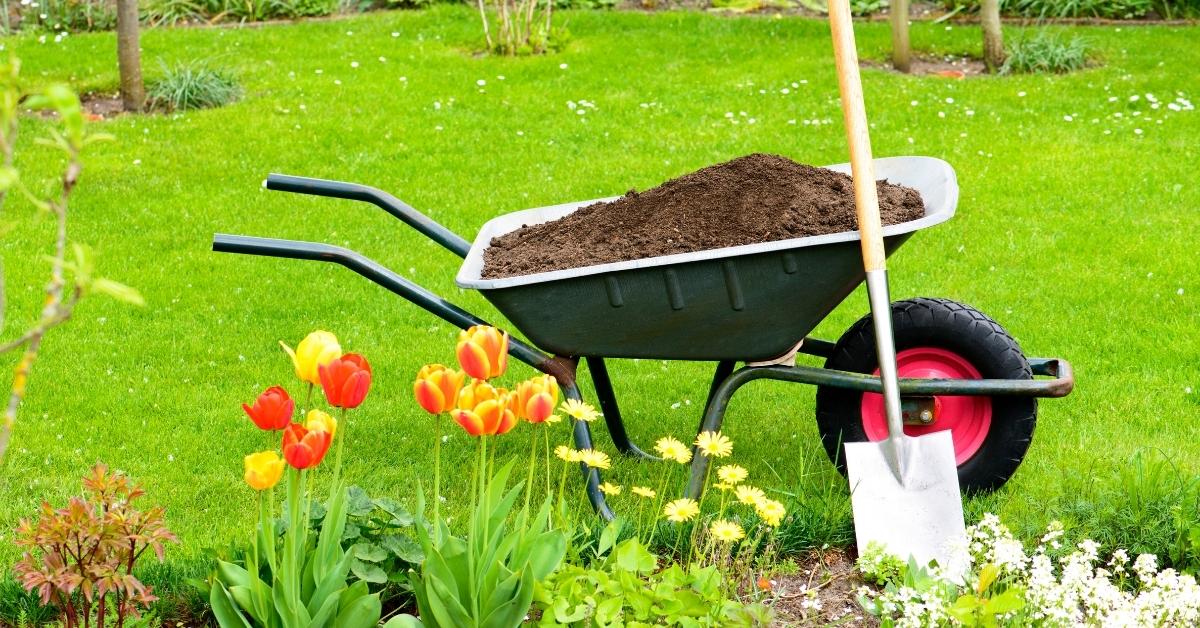
Could you please tell me where your garden centres are. I live in Hertfordshire thank you.
Hi, perhaps you have confused us with the garden centre chain Dobbies? We do not have any physical garden centres.